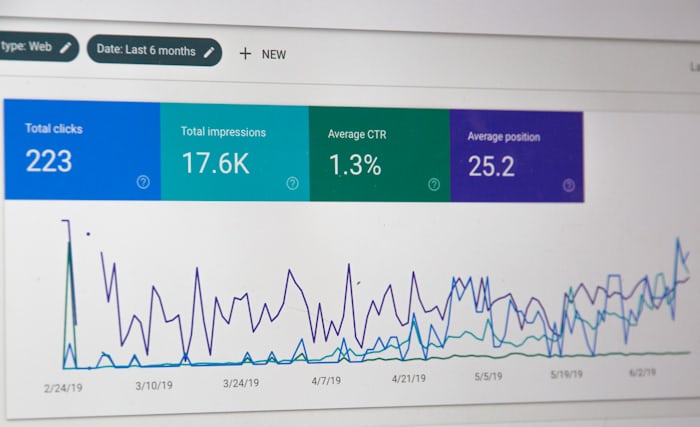If you have ever wondered why some blog posts show up higher in Google search results than others, you’re not alone. One big reason is something called “content freshness.”
But what does that mean? And how does it affect your website’s visibility?
In this article, I will explain what content freshness in SEO really means, why it matters, how Google sees it, and how you can use it to improve your rankings.
What Is SEO?
SEO stands for Search Engine Optimization. It is a way to make your website or content more visible on search engines like Google.
When you search for something, Google shows a list of websites it thinks are the most helpful.
SEO is how you tell Google, “Hey, my content is useful; show it to people!”
What Does Content Freshness Mean?
Content freshness means how recent or up-to-date your content is. It is one of the signals Google uses to decide whether your page is relevant right now.
For example:
- A news article about a celebrity published today is fresher than one from last year.
- A blog post updated in 2025 is considered fresher than the same post last updated in 2020.
Why Google Cares About Fresh Content
Google wants to give users the best and most current answers to their questions. If you’re searching for “latest iPhone reviews,” you don’t want a review from 2019. You want fresh, accurate info.
That’s why Google has systems in place to identify and favor content that’s been recently published or updated, when freshness is important to the topic.
When Freshness Matters Most
Content freshness is not always important, but it can be critical for some topics. Here are a few cases where it really matters:
- Trending News: Politics, sports scores, breaking news
- Tech Reviews: New gadgets, software updates
- Finance: Stock prices, crypto trends, tax laws
- Health: Medical breakthroughs, new treatments
- SEO & Marketing: Algorithm changes, new strategies
In these areas, people expect timely, current content and Google knows that.
How to Keep Your Content Fresh
Freshness doesn’t mean you need to publish every day. It means keeping your content accurate and relevant. Here’s how to do that:
- Update old blog posts with new stats, images, or sections
- Fix outdated info like prices, dates, or broken links
- Republish content with a new date after real changes
- Add new insights or expert quotes
- Refresh titles and meta descriptions
Tip: Even a few tweaks can make a big difference in rankings.
How Google Measures Freshness
Google uses a mix of signals to figure out how fresh a page is. These include:
- Publication date: When was it posted?
- Update frequency: Has it been updated?
- Change depth: Did you just change a word, or a whole section?
- Backlinks growth: Are people linking to it now?
- User engagement: Are visitors spending time on the page?
Google’s algorithm is smart; it doesn’t just look at dates. It checks for real improvements in quality and relevance.
Examples
Let’s say you run a blog on digital marketing.
- In 2022, you wrote an article called “Best SEO Tools.”
- Now it’s 2025, and tools like Google Search Console and Ahrefs have new features.
- You update the article with fresh screenshots and a new section.
- You change the title to: “Best SEO Tools in 2025 (Free & Paid Options).”
Result? Google may see this as fresh and reward it with better rankings.
Freshness vs. Evergreen Content
Evergreen content stays useful over time. Think “How to Tie a Tie” or “Benefits of Drinking Water.” These don’t need updates every month.
On the other hand, fresh content is key when:
- Technology changes
- Trends evolve
- Laws or rules get updated
Smart websites mix both: evergreen posts for steady traffic + fresh content for trends.
How to Update Old Content the Right Way
Here’s a simple checklist:
- Read through the post and remove outdated info
- Add current facts, images, or expert opinions
- Check all links, fix or replace broken ones
- Add a “Last Updated” note at the top
- Submit the page for reindexing in Google Search Console
This tells both your readers and Google: “Hey, this is worth checking out again!”
Tools That Help You Track Content Freshness
You don’t have to guess which pages need updates. Try these tools:
- Google Search Console: Shows drop in clicks or impressions
- Ahrefs/Semrush: Tracks keyword rankings over time
- Screaming Frog: Finds pages with old publish dates
- Google Analytics: See which posts have declining traffic
Final Thoughts
Content freshness in SEO is like spring cleaning for your website. You don’t need to do it every day, but ignoring it can hurt your traffic and rankings over time.





